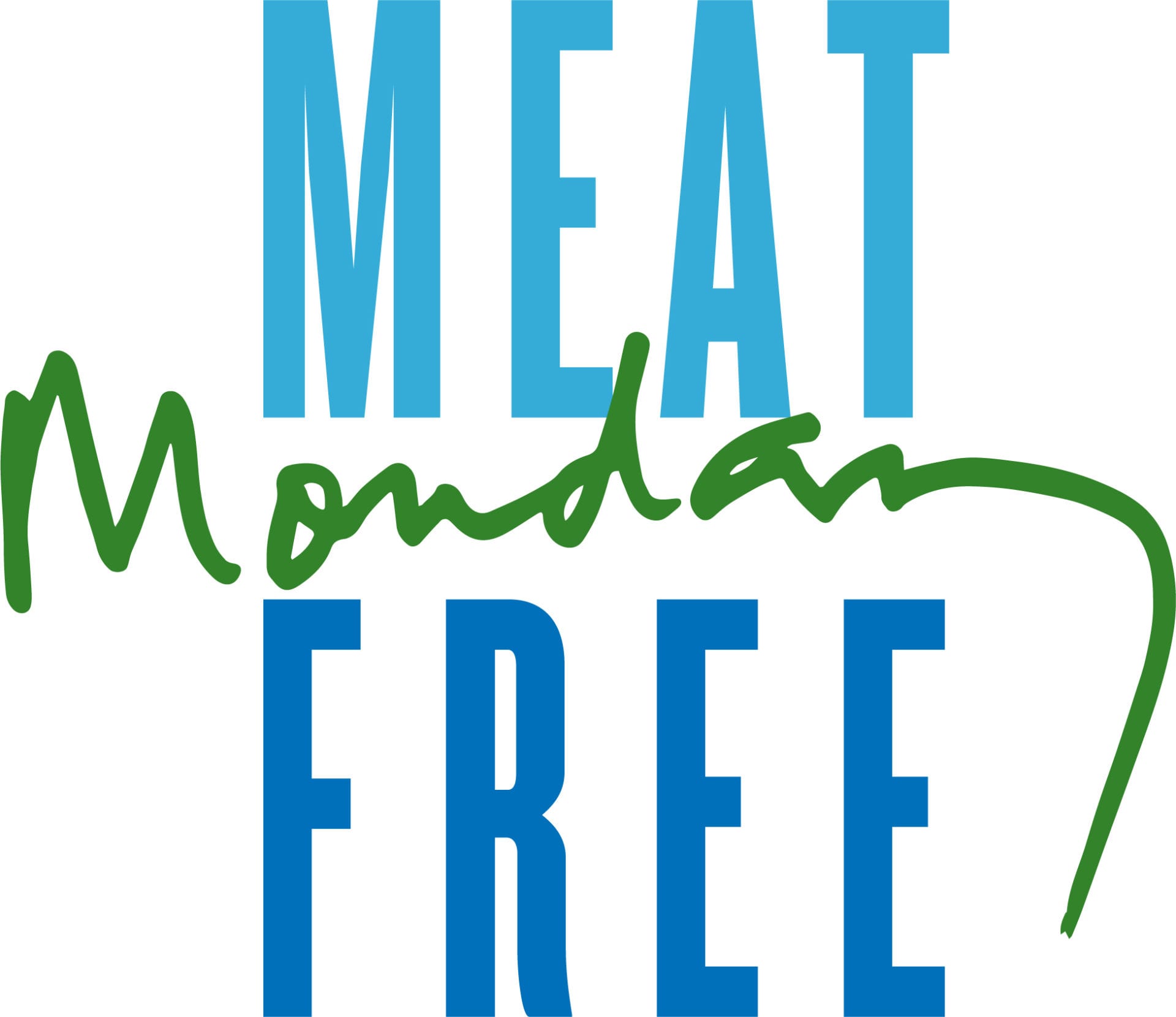The Environmental Protection Agency (EPA) will this month set standards on the potentially harmful chemical compounds, which can be toxic at high levels.
Dioxins exist in the environment as a result of metal, cement and paper production (above), as well as forest fires and burning rubbish, but are present in food, particularly meat and dairy products. Animals consume dioxins through grazing, which then accumulate in fatty tissue.
In a letter to the White House last month, food producers, grocery suppliers and restaurants said the decision to set a limit could cause alarm. They point out that the preliminary limit proposed by the EPA – no more than 0.7 picograms (a trillionth of a gram) of dioxin per kilogram of body weight per day – is more than three times more stringent than EU and World Health Organization guidance.
“Nearly every American – particularly young children – could easily exceed the daily [EPA limit] after consuming a single meal or heavy snack,” the letter says. “EPA is proposing to create a situation in which most US agricultural products could arbitrarily be classified as unfit for consumption.”
“Having a limit is always a good thing, but consumers will need to know how to translate it into their daily diet,” said food safety director Caroline Smith DeWaal of the consumer group Center for Science in the Public Interest. She is calling for the EPA to explain how to limit their intake of dioxins in practice.
The best way, according to Professor Arnold Schechter, an environmental and occupational health scientist at the University of Texas, is to eat less meat, especially fatty meat, and more fruit and vegetables.
